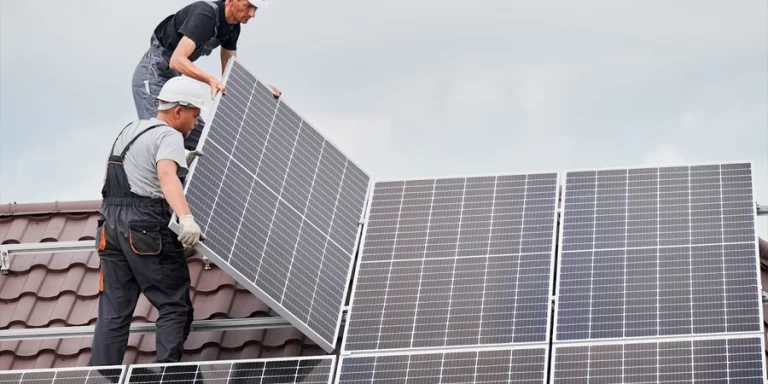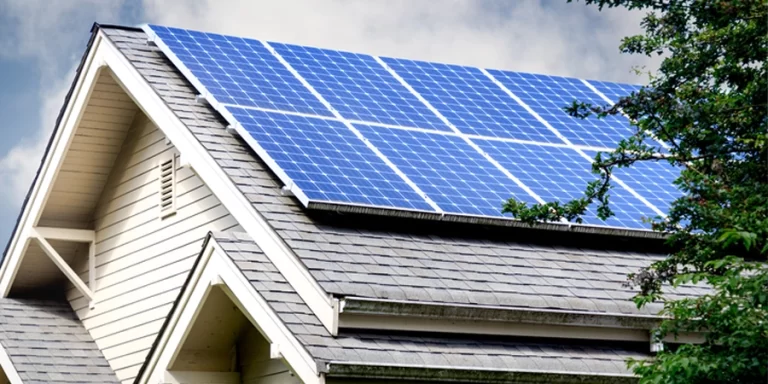Exploring the Drawbacks of Solar Roofs
Balancing Environmental Benefits with Practical Concerns
The growing demand for renewable energy has fueled the popularity of solar roofs as a sustainable solution to power homes and businesses. Solar roofs, also known as solar shingles or photovoltaic (PV) roofing, offer numerous benefits, such as reducing electricity bills, decreasing carbon footprints, and increasing property value. However, like any technological innovation, solar roofs have their share of drawbacks that must be carefully considered before investing in this green energy solution. In this article, we delve into the potential disadvantages of solar roofs, shedding light on the complex realities of this promising yet imperfect technology.

1. Initial Cost
One of the most significant drawbacks of solar roofs is their upfront cost. Installing solar panels or shingles and the associated electrical equipment and labor can be expensive. While prices have gradually decreased due to advancements in manufacturing and installation techniques, the initial investment can still be a substantial barrier for many homeowners. Additionally, the need for a complete roof replacement to integrate solar shingles can further inflate the overall expense.
2. Energy Efficiency and Performance
The efficiency and performance of solar roofs can be affected by various factors, including climate, orientation, shading, and system design. Solar panels require direct sunlight to generate optimal energy output, and any shading from trees, nearby buildings, or even debris can significantly reduce their efficiency. Moreover, the conversion efficiency of solar cells, although improving, is still lower than traditional solar panels, which can affect the system’s overall energy production and cost-effectiveness.

3. Aesthetics and Design Limitations
Solar roofs aim to merge functionality with aesthetics, but achieving a seamless integration can be challenging. Traditional solar panels can be discreetly installed on existing rooftops, whereas solar shingles might blend less seamlessly due to their design and size limitations. Consequently, some homeowners find achieving the desired visual appeal challenging without compromising the solar system’s effectiveness.
4. Maintenance and Repairs
While solar roofs are generally low-maintenance, they are not maintenance-free. Dust, debris, and weather conditions can impact the efficiency of solar panels over time. Regular cleaning and occasional maintenance are necessary to ensure optimal performance. Moreover, as with any roofing material, solar shingles can suffer damage from extreme weather events, such as hailstorms, requiring repairs that could be more complex and costly than traditional roofing materials.
5. Environmental Concerns
Although solar roofs are promoted as an environmentally friendly alternative, their production can still have environmental consequences. The manufacturing of solar panels involves energy-intensive processes and the use of materials like silicon, which requires mining and refining. Additionally, the disposal of solar panels at the end of their lifecycle poses recycling and waste management challenges. While the environmental benefits of solar energy outweigh these concerns in the long run, they highlight the need for ongoing efforts to improve the sustainability of the entire solar energy lifecycle.
6. Complex Installation and Compatibility
Installing solar roofs requires specialized skills and knowledge. Not all roofing contractors are equipped to handle solar installations, limiting homeowners’ choices. Furthermore, the compatibility of solar roofs with existing roofing materials and structures must be carefully considered, as not all roofs are suitable for solar integration without significant modifications.
7. Regulatory Hurdles and Incentive Changes
The incentives and regulations supporting solar energy vary widely based on location and can change over time. Changes to government policies or utility company incentives can impact the financial viability of a solar roof investment. Homeowners need to be prepared for potential shifts in the regulatory landscape that might affect their return on investment.

Solar roofs offer a promising avenue for harnessing renewable energy and reducing carbon emissions. They represent a marriage of innovation and sustainability, but it’s crucial to recognize their drawbacks alongside their benefits. Solar roofs are not without their complexities, from initial costs and maintenance concerns to aesthetics and compatibility challenges. As technology advances and the renewable energy sector matures, addressing these drawbacks will likely become more feasible, making solar roofs an increasingly attractive and viable option for a greener future.
































